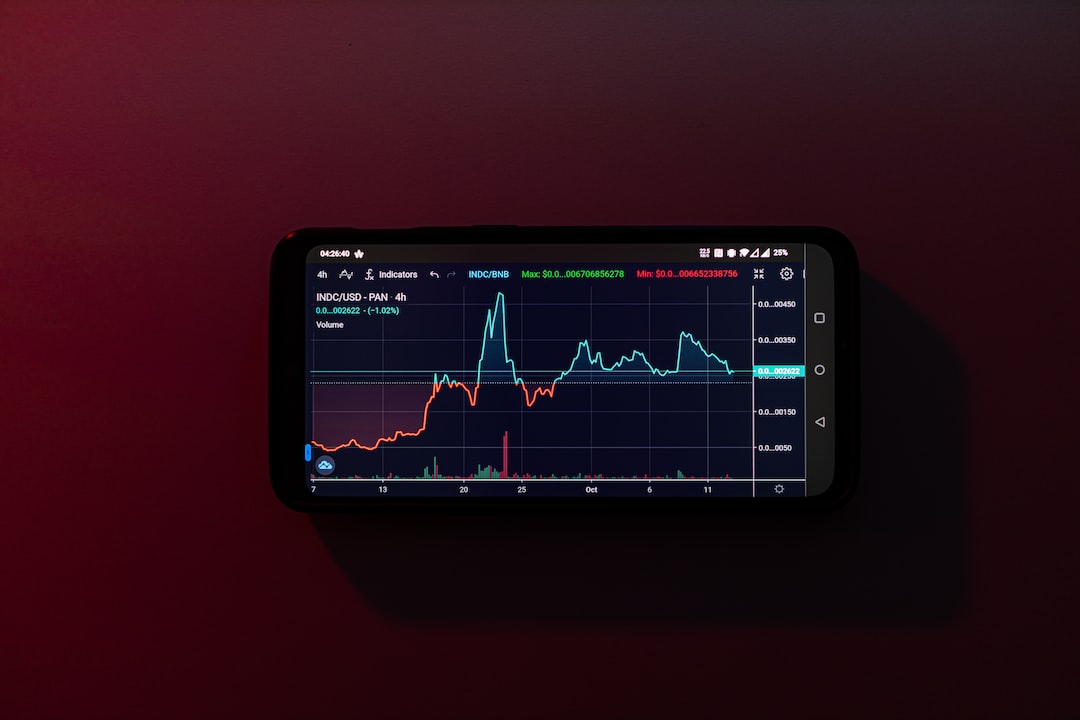The Growing Threat of Phishing Scams in the Bitcoin Industry
In 2023, the bitcoin industry has been heavily impacted by a rise in sophisticated phishing schemes. A recent report by Scam Sniffer reveals the alarming speed at which these scams are spreading, resulting in significant financial losses for countless individuals.
The Extent of Stolen Assets and Victims
According to Scam Sniffer’s investigation, approximately $295 million worth of assets have been stolen, affecting around 324,000 victims. Phishing fraudsters are using increasingly advanced tactics to bypass security measures, as evidenced by these staggering numbers. Notably, March alone saw a loss of $7 million due to changes in USDC prices and consumers falling prey to fake Circle websites.
The Evolving Nature of Wallet Drainers
This research highlights that wallet drainers are constantly evolving and being replaced. The existence of a thriving underground market for illegal services is evident when one drainer shuts down and is quickly replaced by others. For example, the closure of Monkey Drainer led to the emergence of new scam services for its former clients. Similarly, the shutdown of Inferno Drainer resulted in the establishment of Angel Drainer, responsible for an estimated $81 million theft.
Tactics Employed by Con Artists
The study also uncovers various methods used by con artists to attract victims and generate traffic. Hacking official Discord and Twitter accounts of cryptocurrency projects to disseminate phishing links is a common tactic. Phishing websites also exploit expired Discord links, execute false crypto asset or NFT airdrops, employ spam comments and mentions on social media platforms—all aimed at driving organic traffic. Additionally, these scammers have found ways to bypass Google and Twitter advertising policies, allowing them to post sponsored ads and expand their reach further.
Hot Take: Protecting Yourself Against Phishing Scams
As the threat of phishing scams continues to grow in the bitcoin industry, it is crucial to remain vigilant and take steps to protect yourself. Be cautious of unsolicited messages and links, double-check website URLs before entering any sensitive information, and enable two-factor authentication whenever possible. Stay informed about the latest phishing tactics and regularly update your security software. By staying proactive and adopting these measures, you can minimize the risk of falling victim to these detrimental scams.





 By
By
 By
By
 By
By
 By
By
